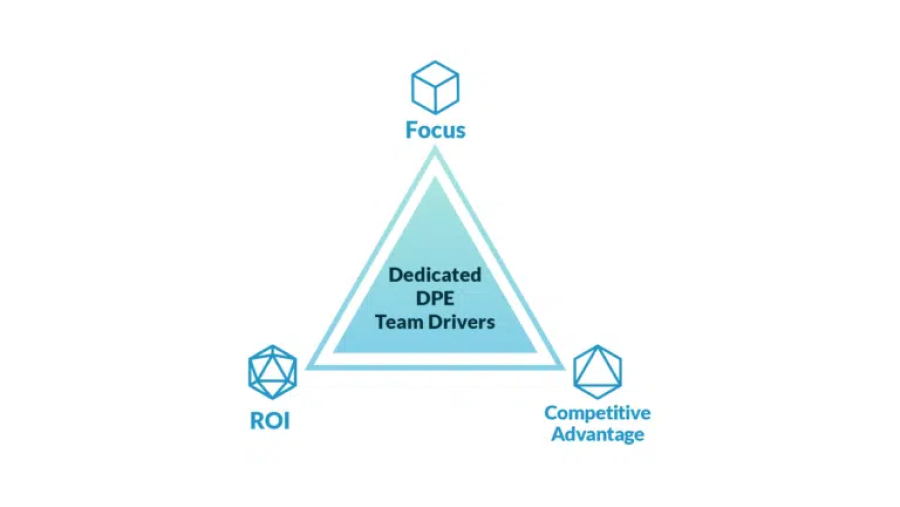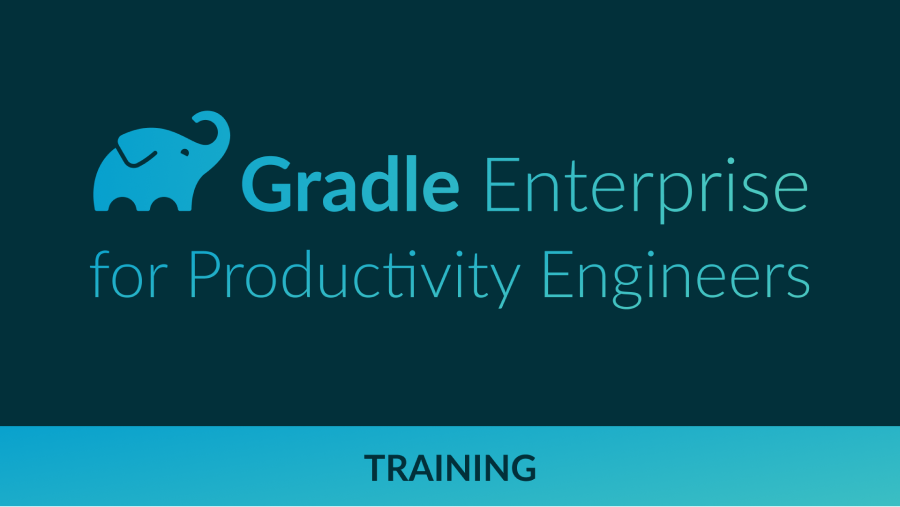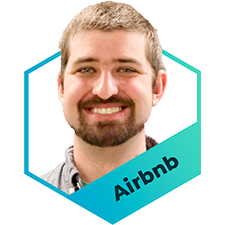What’s inside?
Get an overview of Airbnb’s multilayered, data-driven approach to optimizing developer satisfaction and productivity. You’ll see first-hand how Airbnb built a staging environment, enabled remote on-demand developer environments, achieved a unified build process, and incorporated their IDE and cloud assets to engineer a better developer experience.
Get an overview of Airbnb’s multilayered, data-driven approach to optimizing developer satisfaction and productivity. You’ll see first-hand how Airbnb built a staging environment, enabled remote on-demand developer environments, achieved a unified build process, and incorporated their IDE and cloud assets to engineer a better developer experience.
Summit Producer’s Highlight
Airbnb has created a Kubernetes-driven platform for creating on-demand development environments called AirDev. Instances are made available through simple CLI commands via yak, and full build and test cycle functionality is available. Airbnb has also integrated their IDEs with a cloud build environment, offering several advantages including improved cycle and deployment times.
Airbnb has created a Kubernetes-driven platform for creating on-demand development environments called AirDev. Instances are made available through simple CLI commands via yak, and full build and test cycle functionality is available. Airbnb has also integrated their IDEs with a cloud build environment, offering several advantages including improved cycle and deployment times.
About Janusz
Janusz Kudelka is a Staff Software Engineer working on Developer Infrastructure at Airbnb. Before Airbnb he worked on building key-value stores and p2p systems at Facebook. He is passionate about efficiency with a background in distributed systems and high performance computing.
Janusz Kudelka is a Staff Software Engineer working on Developer Infrastructure at Airbnb. Before Airbnb he worked on building key-value stores and p2p systems at Facebook. He is passionate about efficiency with a background in distributed systems and high performance computing.
About Cory
Cory Mead is writing software for people who write software so they can spend more time not writing software.
Cory Mead is writing software for people who write software so they can spend more time not writing software.
More information related to this topic
Gradle Enterprise
Solutions for Developer Productivity Engineering

Gradle is pioneering the practice of DPE and Gradle Enterprise serves as the key enabling technology and solution platform. Organizations successfully apply the practice of DPE to achieve their strategic business objectives such as reducing time to market, increasing product and service quality, minimizing operational costs, and recruiting and retaining talent by investing in developer happiness and providing a highly satisfying developer experience.
Interested in Developer Productivity Engineering?

Top Three Reasons to Launch a Developer Productivity Engineering
Team
5-minute read

DPE Lowdown - How Micronaut Practices Developer Productivity
Engineering Using Gradle Enterprise
50-minute watch

Gradle Enterprise for Productivity Engineers
1-hour training

